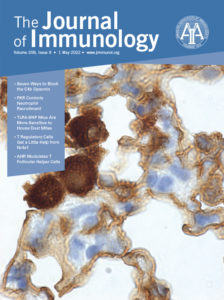Monday, May 9, 2022 10:00 AM – 10:45 AM ET Exhibit Hall, Workshop Room 2
Exhibitor Workshop: Sony Biotech., Inc.
Multi-omics Profiling of Immune Effector Programs and Notch Dependencies in Thymic Intraepithelial Lymphocyte
Speaker
- Cynthia Guidos, Ph.D., Sr. Scientist, Developmental, & Stem Cell Biology, Hosp. for Sick Kids, Canada
CD8αα intraepithelial T cells (CD8αα IEL) are highly abundant gut resident TCRαβ cells that modulate metabolism, epithelial repair, and anti-microbial immune responses in the small intestine. They are cytotoxic, “innate-like” (also known as unconventional) type 1 immune effector cells that express CD122 (Il2rb), natural killer receptors (NKR) and require Tbet, encoded by Tbx21 for their maturation. CD8αα IEL are produced from TCRαβ+ CD122+ IEL precursor (IELp) thymocytes, are CD4- CD8- double-negative (DN), and differentially express agonist signaling markers such as PD1, gut homing b7 integrins, the NKR encoded by Klrb1c (NK1.1), and Tbet. However, the immune effector programs and molecular regulators of these distinct DN IELp subsets are poorly characterized, in part because of their low abundance. In this study, we sorted TCR αβ+ CD122+ DN IELp thymocytes and used sc-RNAseq to identify PD1+ Tbet-, PD1- Tbetlo a4b7+, and PD1- Tbethi NKR+ subsets that differentially expressed proliferation, immune effector, and regulatory genes. We also defined distinct ontogenies for each subset and demonstrated that development of PD1- Tbetlo a4b7+ cells was severely compromised by Cd4-Cre-induced inactivation of Notch signaling in double positive (DP) thymocytes. Collectively, this work provides new perspectives on the intrathymic development and immune programming of DN IELp and defines physiologically activated Notch signaling as a critical microenvironmental regulator of their differentiation from DP thymocytes.



